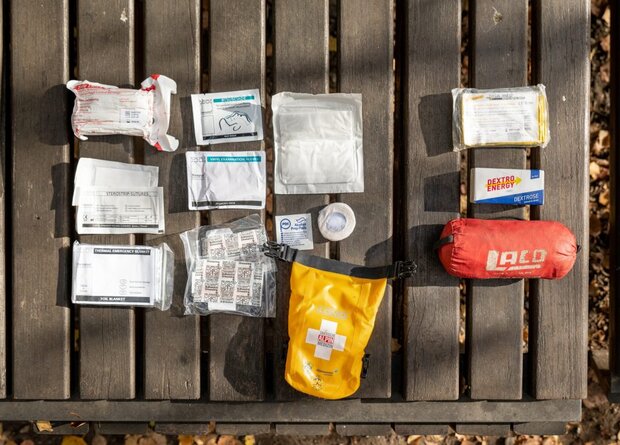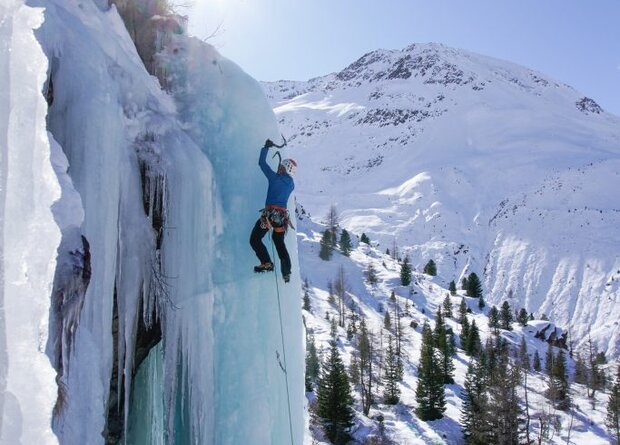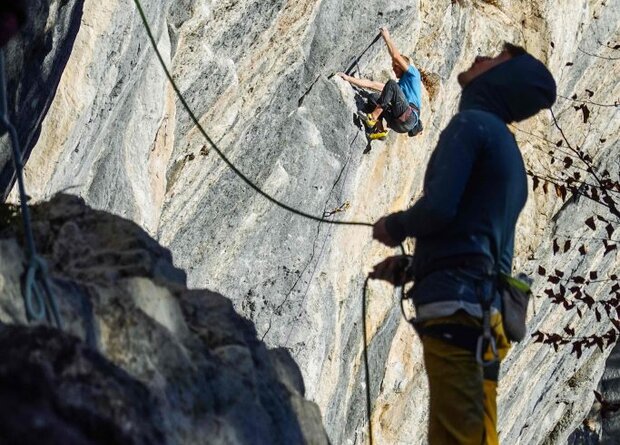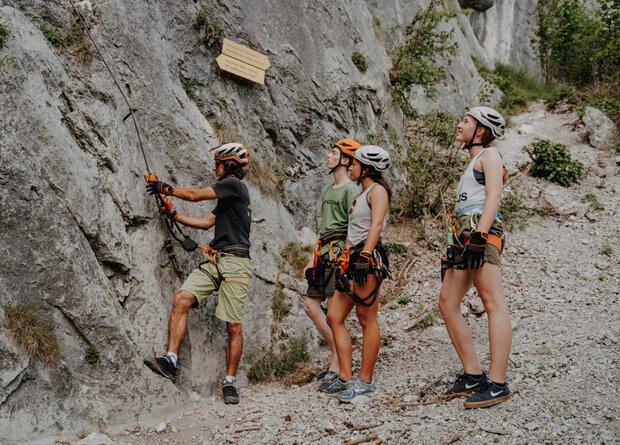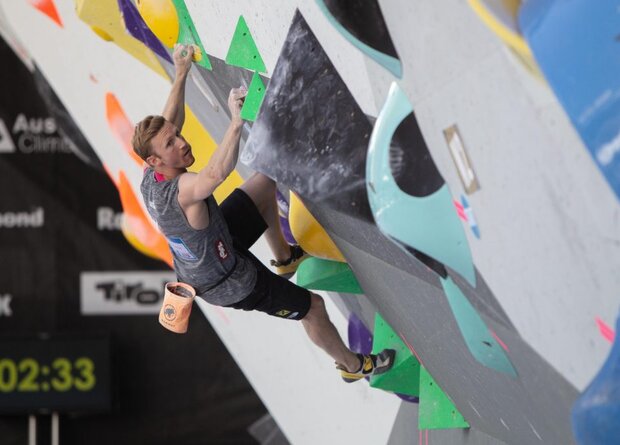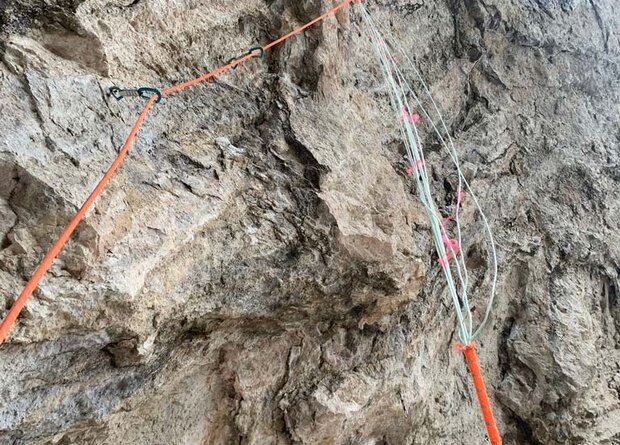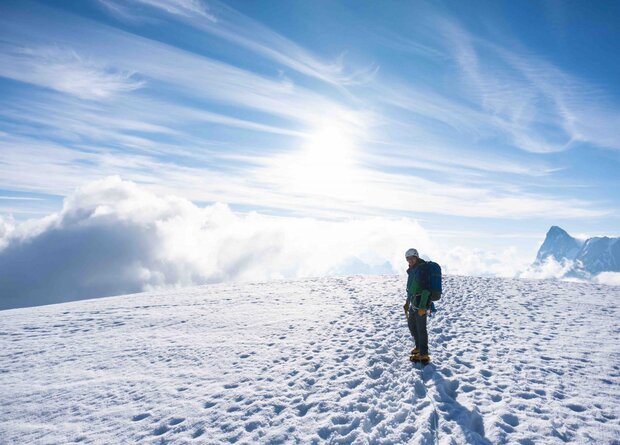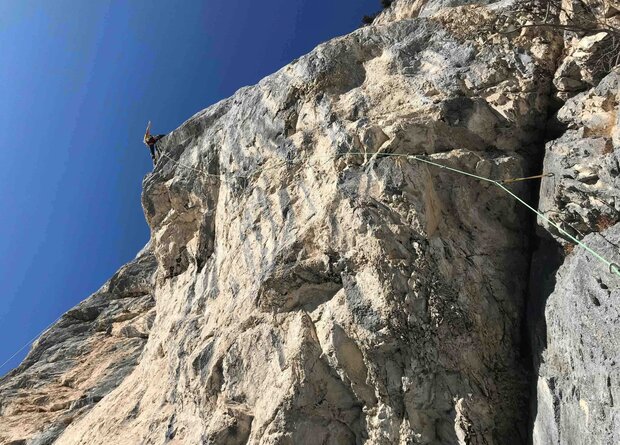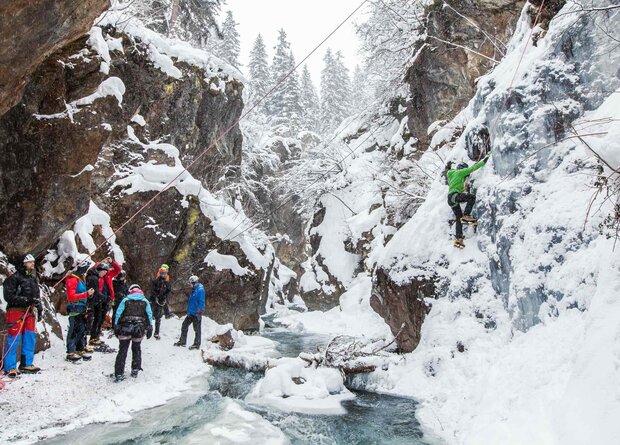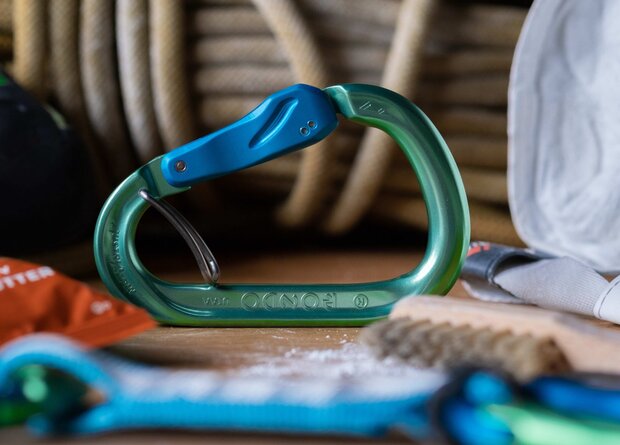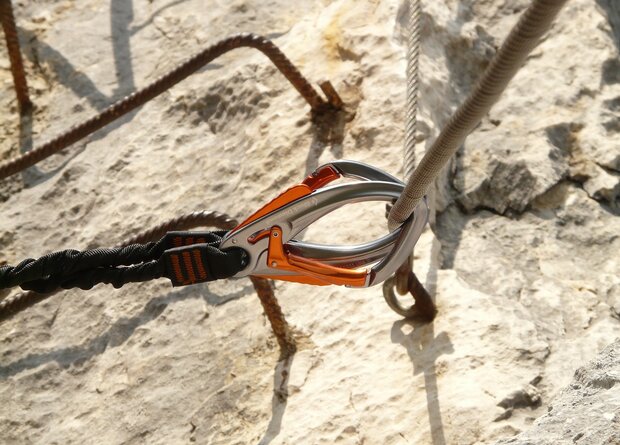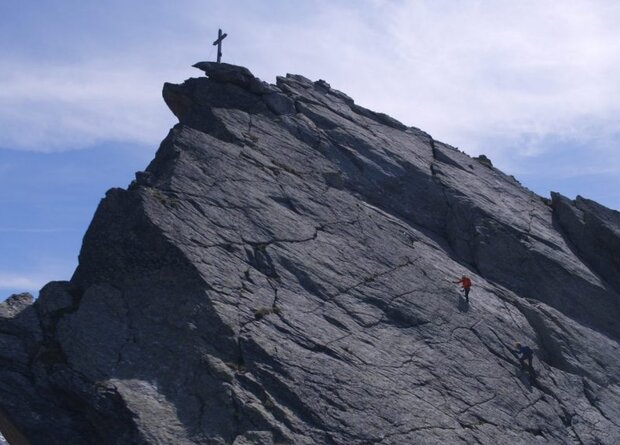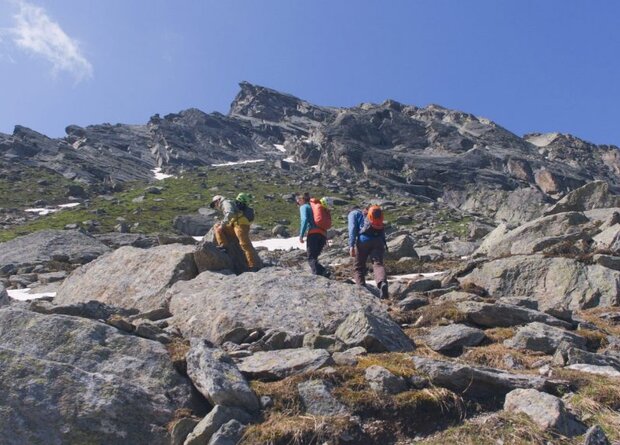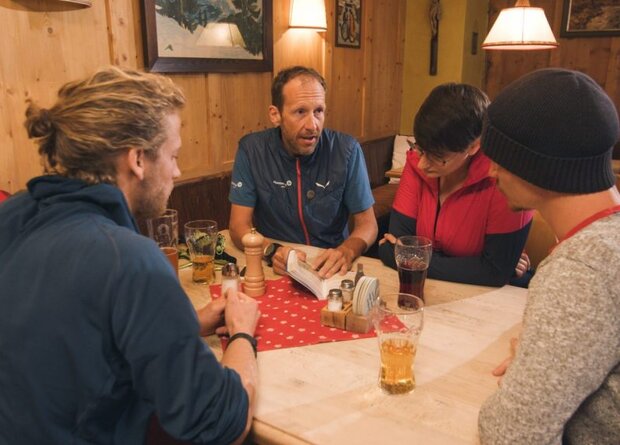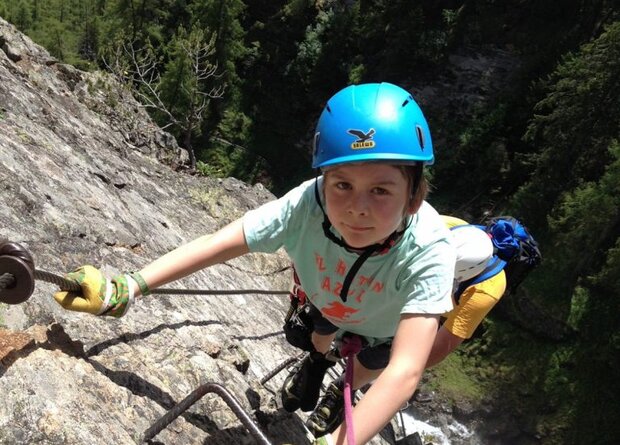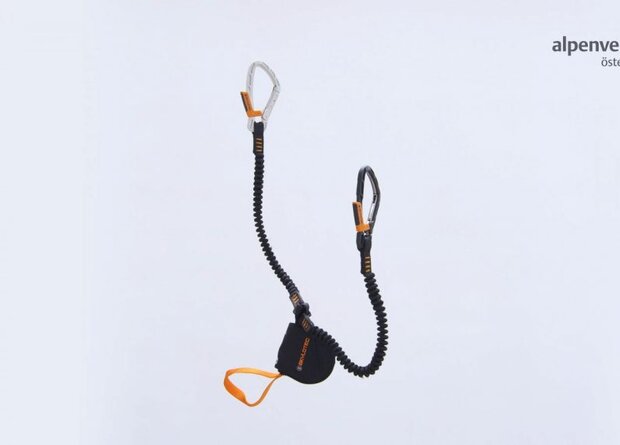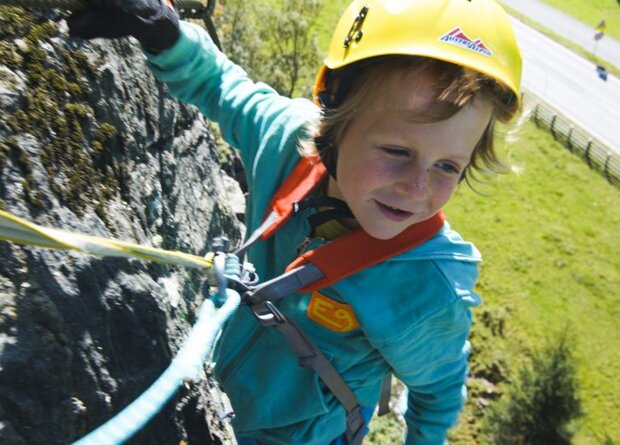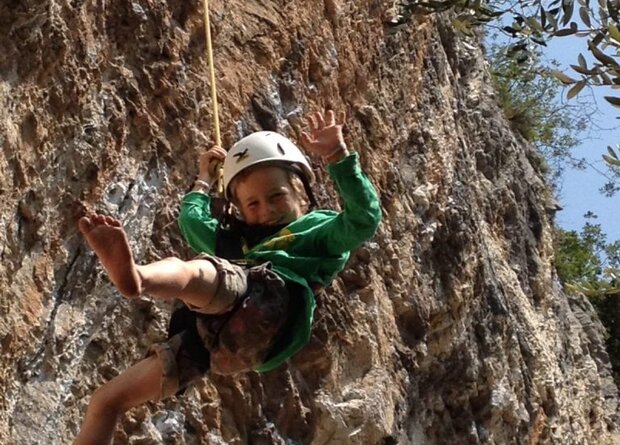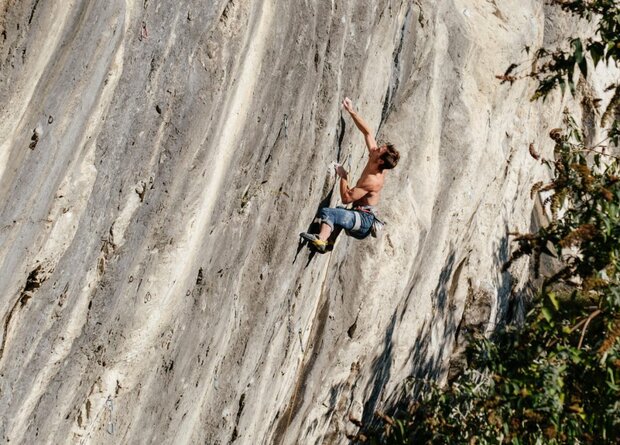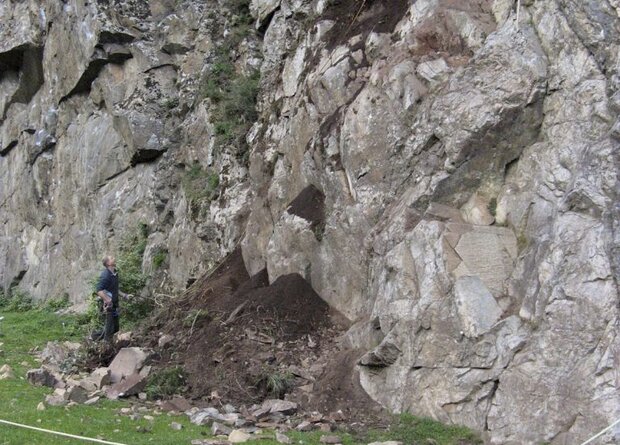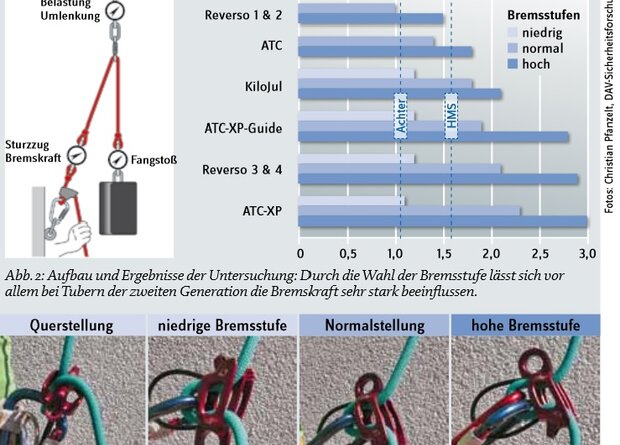True to the motto "Safe on the mountain", we introduce you to belay devices for sport climbing. This time: the Fish from Austrialpin.
class="wp-block-embed-youtube
wp-block-embed
is-type-video
is-provider-youtube
wp-embed-aspect-16-9
wp-has-aspect-ratio">
class="wp-block-embed__wrapper">
The Fish from Austrialpin is the only autotuber with a release lever. The device is very easy to use and performs very well even with thicker ropes. The unblocking of the device, which is pushed upwards via the trunk, can be a little quick under certain circumstances, but this is more a matter of getting used to. The Fish is supplied with a corresponding HMS carabiner and should only be used with this.
Facts about the Fish
The Fish is a semi-automatic belay device from Austrialpin for belaying with single ropes. The Fish can be used for ropes with a diameter between 8 mm and 11 mm. As the blocking support of the Fish depends on the shape of the belay carabiner, the device is used with the carabiner supplied.
The partner check
The partner check before every launch is an elementary safety standard. Both partners check five points: the rope knot, the locking mechanism of the carabiner, the function of the belay device due to jerky pulling, the harness buckles and - lastly - whether the end of the rope is tied off.
The fish during rope payout
To release the rope the guide hand pulls the rope out of the device, while the braking hand pushes the rope into the belay device from below. The excess slack rope is then rope is immediately retracted and the braking hand slides back into the starting position. starting position.
The "braking hand principle"
Equally fundamental - even with semi-automatic belay devices - is the "brake hand principle" during climbing. The braking hand principle means that the belayer grips the brake rope with the braking hand in every phase of the belaying process. In the event of a fall, the braking hand fixes the brake rope and moves downwards. The second hand, the so-called guide hand, merely supports the rope guide.
As semi-automatic systems block immediately, it is necessary for the belayer to actively move towards the wall when holding the fall. This makes the fall more dynamic - "softer" - and prevents a hard impact on the climbing wall.
The strength of semi-automatic belay devices is that they automatically block the rope if the rope is jerked, e.g. in the event of a fall. In other words, even if the belayer grips the brake rope with little manual force.
This desired feature has the disadvantage that the device also locks if the rope is quickly released when an intermediate quick release of the rope isnecessary is necessary. To quickly release the rope without blocking, the braking hand forms a ring around the brake rope with the thumb and index finger, while the thumb pulls the pulls the trunk of the fish forward. The guide hand releases the rope. Then the the brake hand goes back down and remains on the brake rope.
The fish when lowering
When releasing, the brake hand remains at the bottom of the brake cable while the guide hand pulls the release lever backwards with the index and middle fingers. This slowly releases the blockage. The braking hand now lets the cable slip in a controlled manner and controls the release speed.
A second way of releasing the brake is to pull the The fish's trunk is pushed forwards and upwards with the thumb of the guide hand. The blockage is again released slowly and the release speed is controlled with the brake hand. the brake hand.
The Fish when hauling in the rope
When hauling in the rope and belaying in the top rope, the braking hand pulls the brake rope diagonally upwards out of the belay device and then immediately goes back down again. In the tunnel grip, the braking hand slides back up the braking rope towards the belay device.
SicherAmBerg - the program
Under the overall project "SicherAmBerg", the Austrian Alpine Club provides instructional videos on all relevant core sports of the Alpine Club, such as ski touring, sport climbing, via ferrata and alpine climbing. But SicherAmBerg is not just about video tutorials. Rather, it is an overall concept consisting of high-quality publications, events, training courses and videos with the aim of increasing safety on the mountain or in the climbing gym.
If you would like to find out more about the various topics, you will find what you are lookingfor at www.alpenverein.at/sicheramberg.
